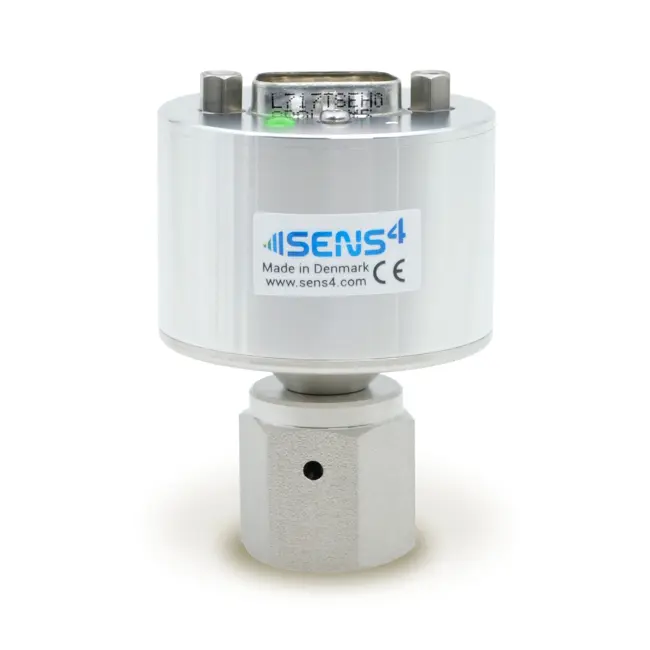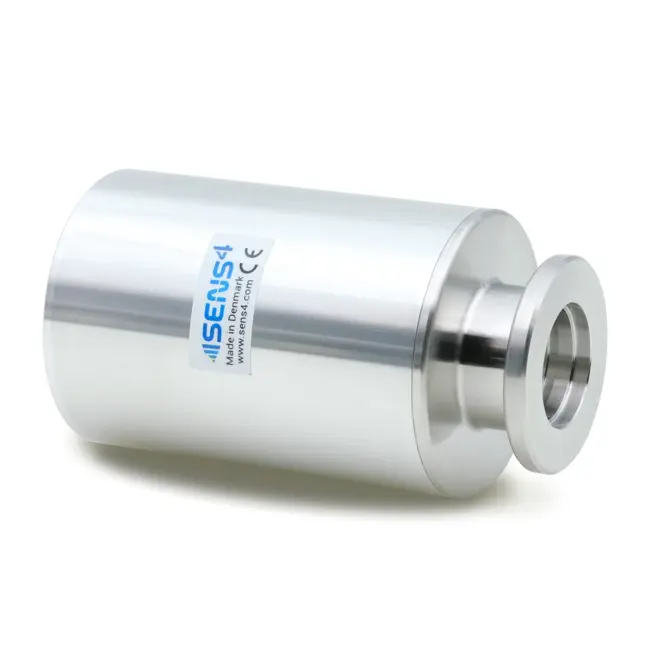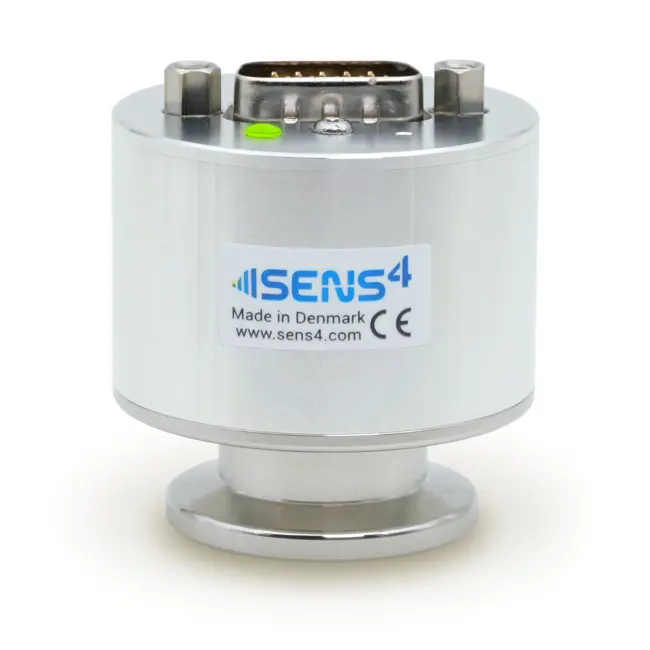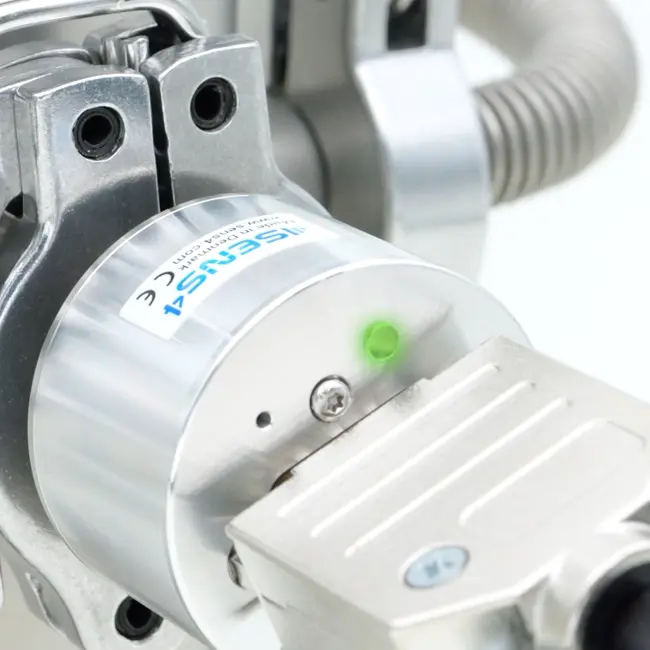Introduction to Pressure Measurement
Pressure is defined as the force per unit area exerted by a liquid, gas, vapor, or other medium on a given surface. The applied pressure can be measured as absolute, gauge, or differential pressure.
Pressure can be measured directly by determining the applied force or indirectly through the properties of gases. Examples of indirect measurement techniques include the use of gas properties such as thermal conductivity or ionization of gas molecules.
Before the invention of mechanical manometers and electronic diaphragm pressure sensors, pressure was commonly measured using liquid manometers filled with mercury or water.
Pressure Measurement Standards
In physical sciences, the symbol for pressure is p, and the SI unit for measuring pressure is the pascal (Pa), named after Blaise Pascal. One pascal is equal to the force of one newton per square meter, acting perpendicularly on a surface.
Other commonly used pressure units include psi (pounds per square inch), torr, and bar. The choice of pressure units often depends on regional and application-specific preferences:
- Psi is predominantly used in the United States.
- Bar is the preferred unit in Europe.
- In industrial vacuum applications, torr is commonly used in the United States, mbar in Europe, and pascal in Asia.
Absolute Pressure Sensor
What is Absolute Pressure?
Absolute pressure is measured relative to zero pressure, which corresponds to a perfect vacuum. For instance, absolute pressure measurement is commonly used to monitor barometric pressure variations caused by changes in weather patterns.
How Does an Absolute Pressure Sensor Work?
A diaphragm-based absolute pressure sensor has one side of the diaphragm exposed to a permanently sealed vacuum cavity within the sensor element. The other side of the diaphragm is exposed to the applied pressure medium. The sensor measures the pressure difference between these two environments to determine the absolute pressure.
Gauge Pressure Sensor
What is Gauge Pressure?
Gauge pressure is the pressure measured relative to ambient atmospheric pressure.
How Does a Gauge Pressure Sensor Work?
A diaphragm-based gauge pressure sensor features one side of the diaphragm exposed to ambient atmospheric pressure, while the other side is exposed to the applied pressure medium.
- Positive and Negative Readings:
- The sensor provides a negative pressure reading when exposed to a vacuum.
- It provides a positive pressure reading when the applied pressure is higher than atmospheric pressure.
- At atmospheric pressure, the diaphragm is balanced, and the sensor gives a zero reading.
Sealed Gauge Pressure Sensor
A variation of the gauge pressure sensor is the sealed gauge pressure sensor, where one side of the diaphragm is exposed to a sealed cavity with a static pressure equivalent to 1 bar (standard atmospheric pressure). Sealed gauge sensors are typically used in high-pressure applications where separating high-pressure media from the atmosphere with a thin diaphragm is impractical or unsafe.
Differential Pressure Sensor
What is Differential Pressure?
Differential pressure is the pressure difference between two independent pressure sources.
How Does a Differential Pressure Sensor Work?
A diaphragm-based differential pressure sensor measures the pressure difference by exposing one side of the diaphragm to one pressure medium and the other side to a second pressure medium. The sensor output reflects the difference between the two pressures.
Indirect Pressure Sensors
Measuring Vacuum Pressure
Gas pressures below atmospheric pressure are referred to as vacuum pressures. In vacuum applications, pressure is often measured indirectly due to the low gas density at pressures below 1 × 10⁻⁵ hPa (high vacuum), where direct methods like diaphragm deflection become impractical.
Examples of Indirect Measurement Techniques
- Pirani Vacuum Sensor:
- Measures pressure indirectly by assessing the thermal conductivity of the gas using a hot wire or a resistive element on a micromachined silicon diaphragm.
- Traditional Pirani gauges can measure pressures down to 1 × 10⁻⁴ hPa, while MEMS Pirani gauges offer extended ranges down to 1 × 10⁻⁶ hPa due to recent innovations.
- Ionization Gauges:
- Used in ultra-high vacuum (UHV) applications.
- These gauges measure pressure indirectly by ionizing gas molecules.
- They can measure pressures as low as 1 × 10⁻¹² hPa in UHV environments.
Discussion and Conclusions
Pressure and vacuum measurement play essential roles in industrial and scientific applications. A wide variety of sensors, techniques, and measurement technologies are available to suit different requirements. The choice of the appropriate measurement technique and sensor type depends on the specific application and its demands.
Literature references
- A. Brenan; Total Pressure Measurement in Vacuum Technology
- International Organization for Standardization; ISO 2533:1975, Standard Atmosphere
- O. Wenzel, C. K. Bak; The Micro Pirani: A solid‐state vacuum gauge with wide range; Vakuum in Forschung und Praxis, Volume10, Issue4, 1998
- Béla G. Lipták; Instrument Engineers’ Handbook




